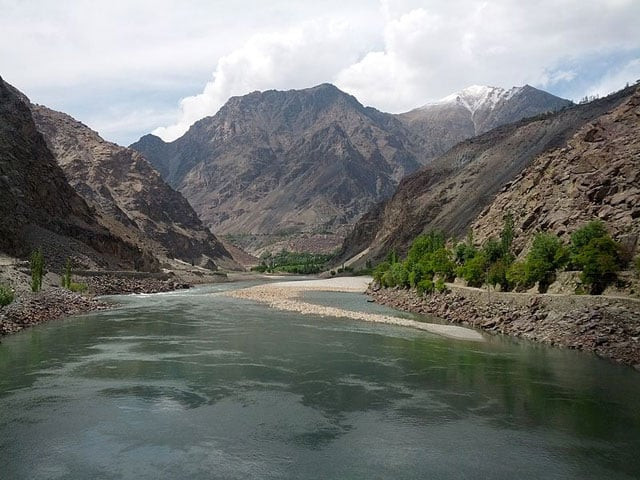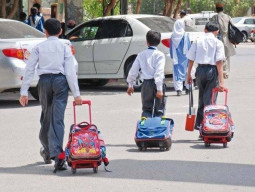
Indian prime minister reviews Indus Waters Treaty
1) The IWT was signed in September 1960. Yes, the same month India is threatening to revoke it in. Ayub Khan was the president of Pakistan at the time while India was run by Jawaharlal Nehru.
2) Negotiated with the help of the World Bank, IWT essentially outlines the distribution of water from six rivers namely Beas, Ravi, Sutlej, Indus, Chenab and Jhelum between India and Pakistan.
3) The treaty splits the six rivers into groups of two: eastern rivers and western rivers. Water from Beas, Ravi and Sutlej under eastern rivers is to be controlled by India while water from Indus, Chenab and Jhelum under western rivers is to be controlled by Pakistan.
4) Interestingly, China is not part of the treaty even though the Indus River originates in Tibet.
5) In India, it is generally believed that IWT ‘unfairly’ favours Pakistan and that it was very ‘generous’ of Nehru to have signed the agreement under pressure from China-India tensions back then.
6) As much as we would hate to acknowledge, a provision in IWT allows India to divert a certain amount of water in certain months from the rivers controlled by Pakistan. Also, India is allowed to use 20% of the water from Indus River.
India's revocation of Indus Water Treaty will be considered an act of war: Aziz
7) In the past, Pakistan has considered arbitration under IWT over India's Wullar Barrage on Jhelum River, Baglihar Dam on Chenab River and Nimoo-Bazgo Dam on Indus River.
8) Though there are calls for updating the 56-year-old treaty on technical front, the IWT is believed to be one of the most successful water-sharing agreements in the world. More so, because it outlived the wars of 1965, 1971 and 1999 and survived Kashmir unrest since 1990.
9) Permanent Indus Commission, created as a result of IWT, is responsible for implementing and managing the treaty and is headed by representatives from both Pakistan and India.
10) The IWT sets mechanism to solve disputes, requiring the Commission to meet regularly and share future plans related to the rivers. In case of a deadlock, the treaty says a mediator must be requested to end conflict.
Moreover, even if India decides to revoke the treaty and wage water war on Pakistan, it takes several years to build infrastructure that can control the flow of rivers. Also, this could mean massive floods in northern parts of India.


















COMMENTS
Comments are moderated and generally will be posted if they are on-topic and not abusive.
For more information, please see our Comments FAQ